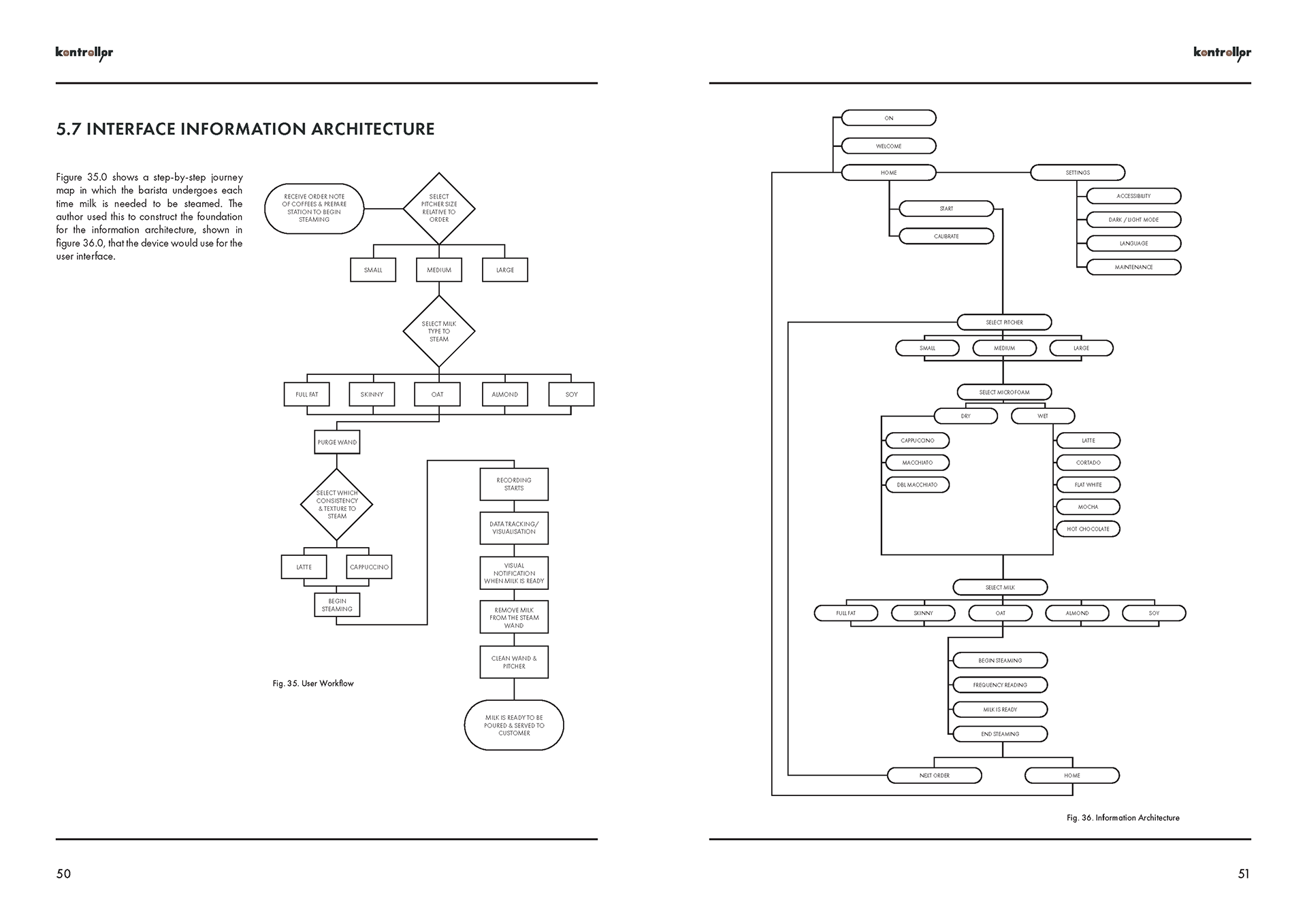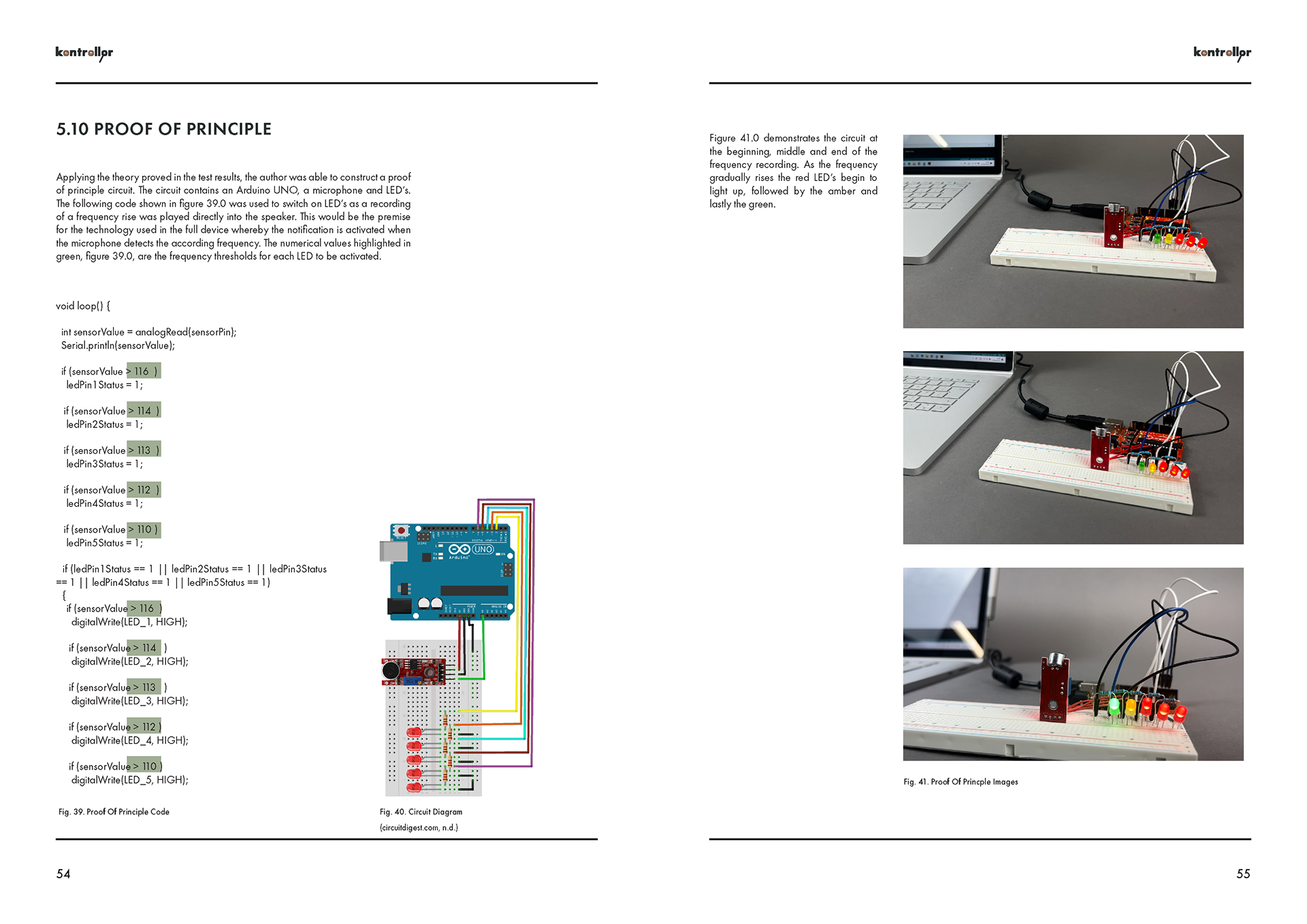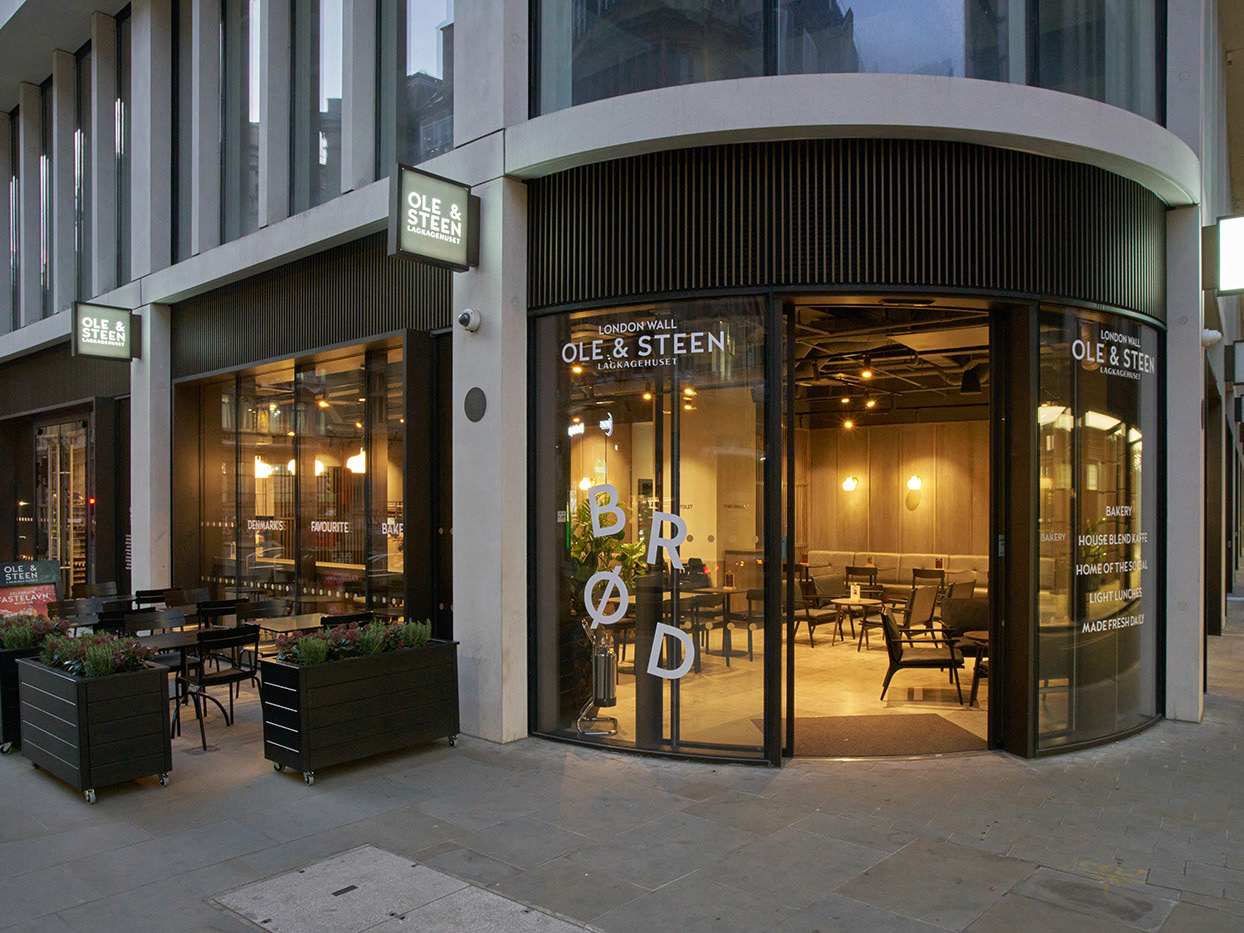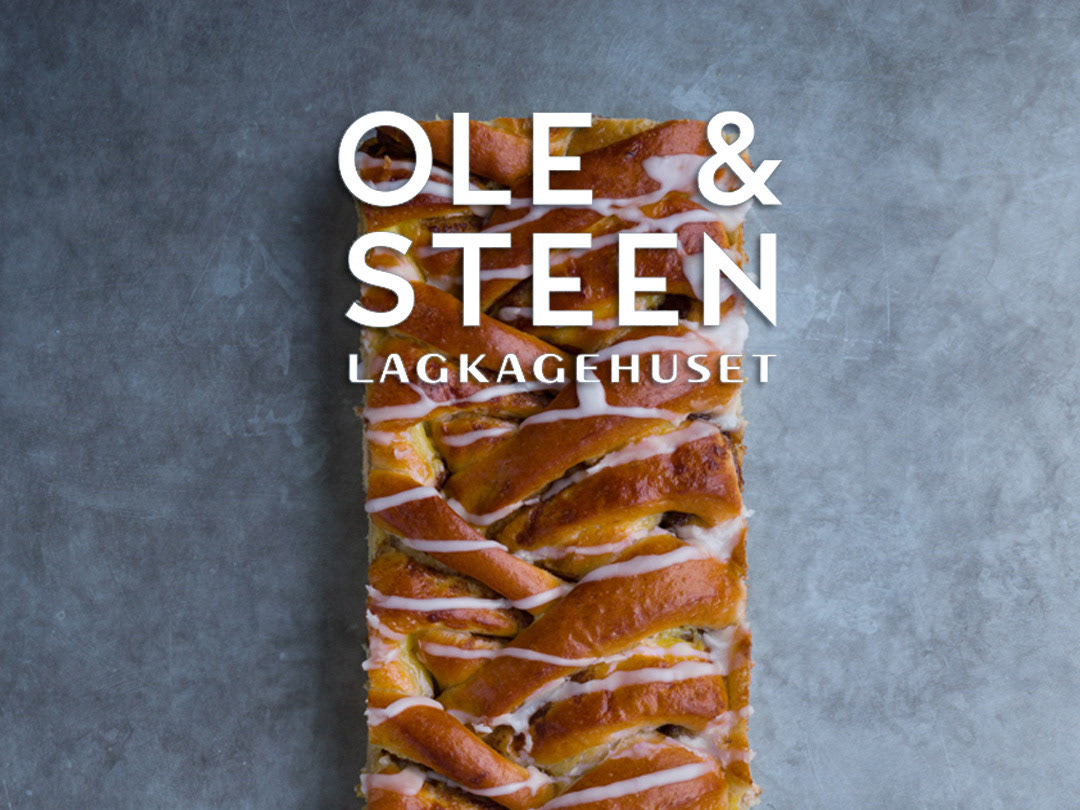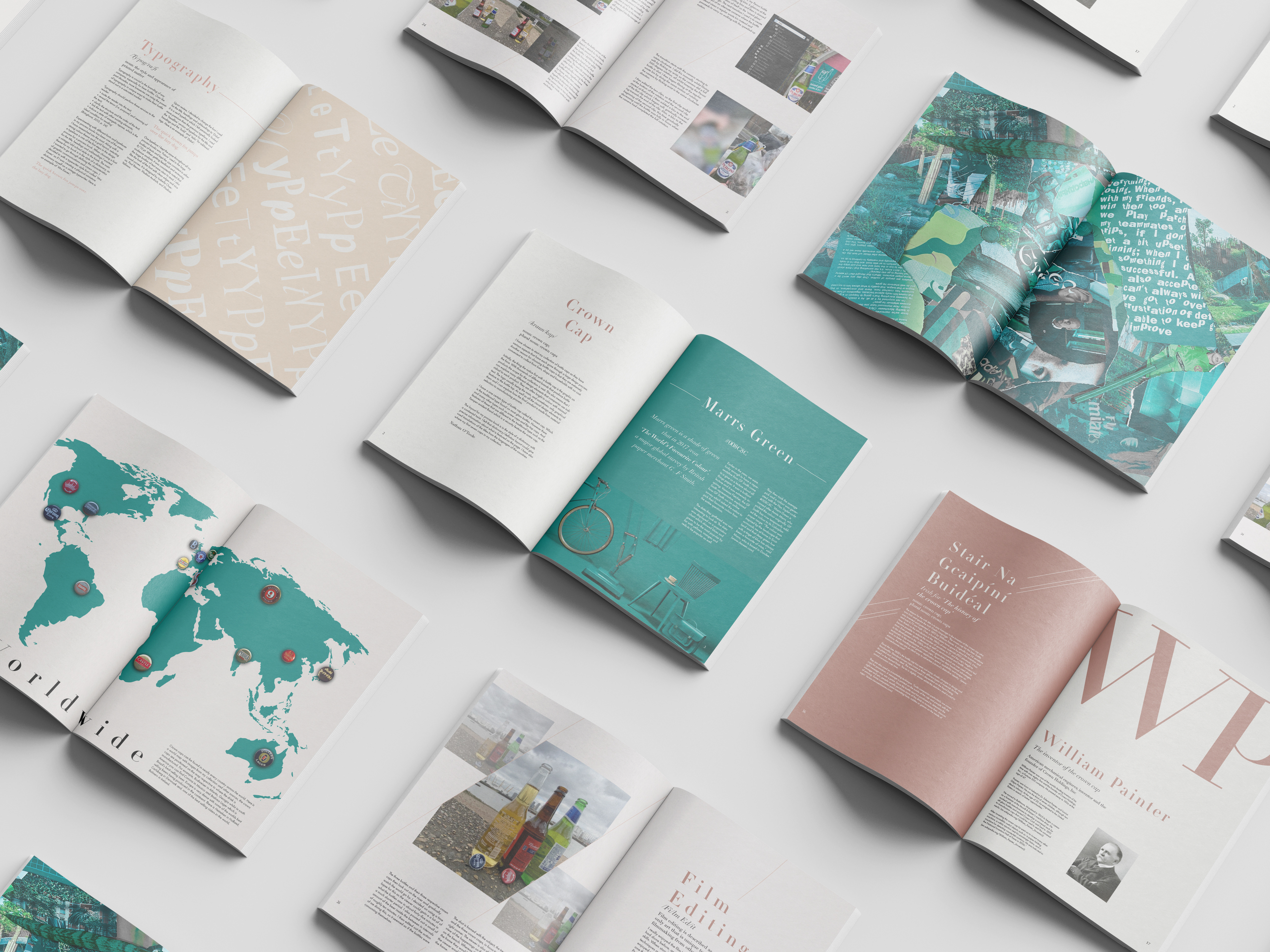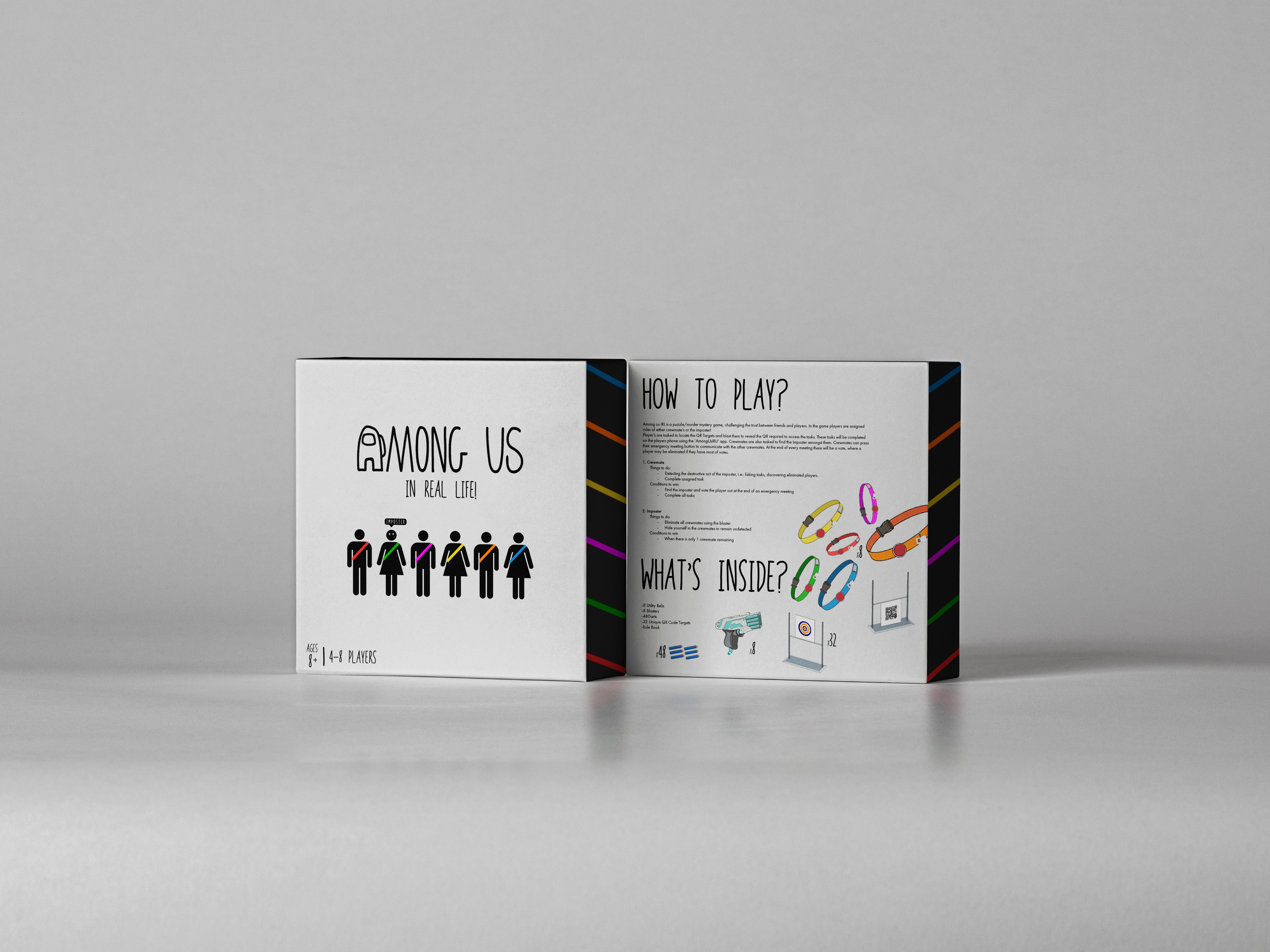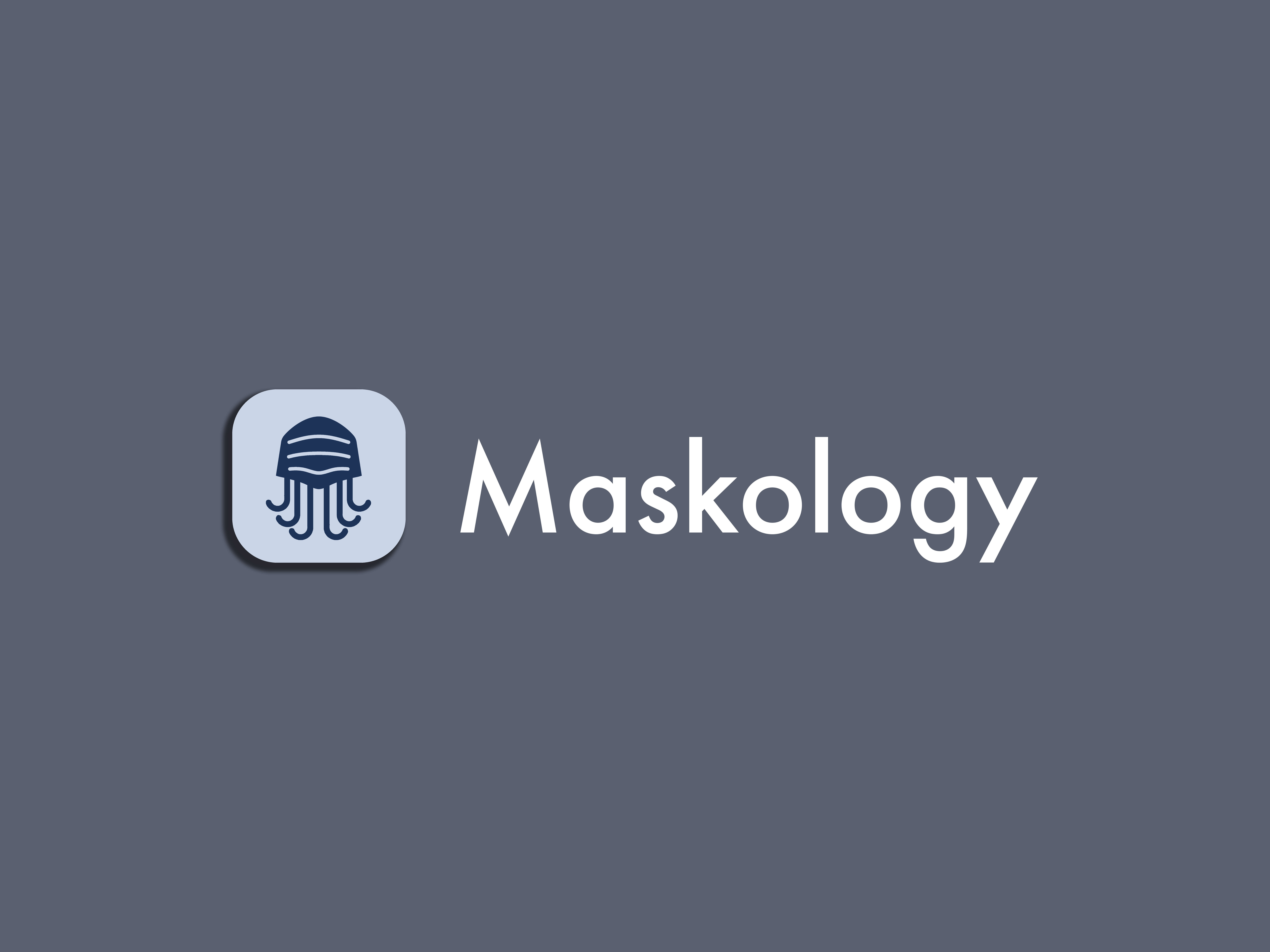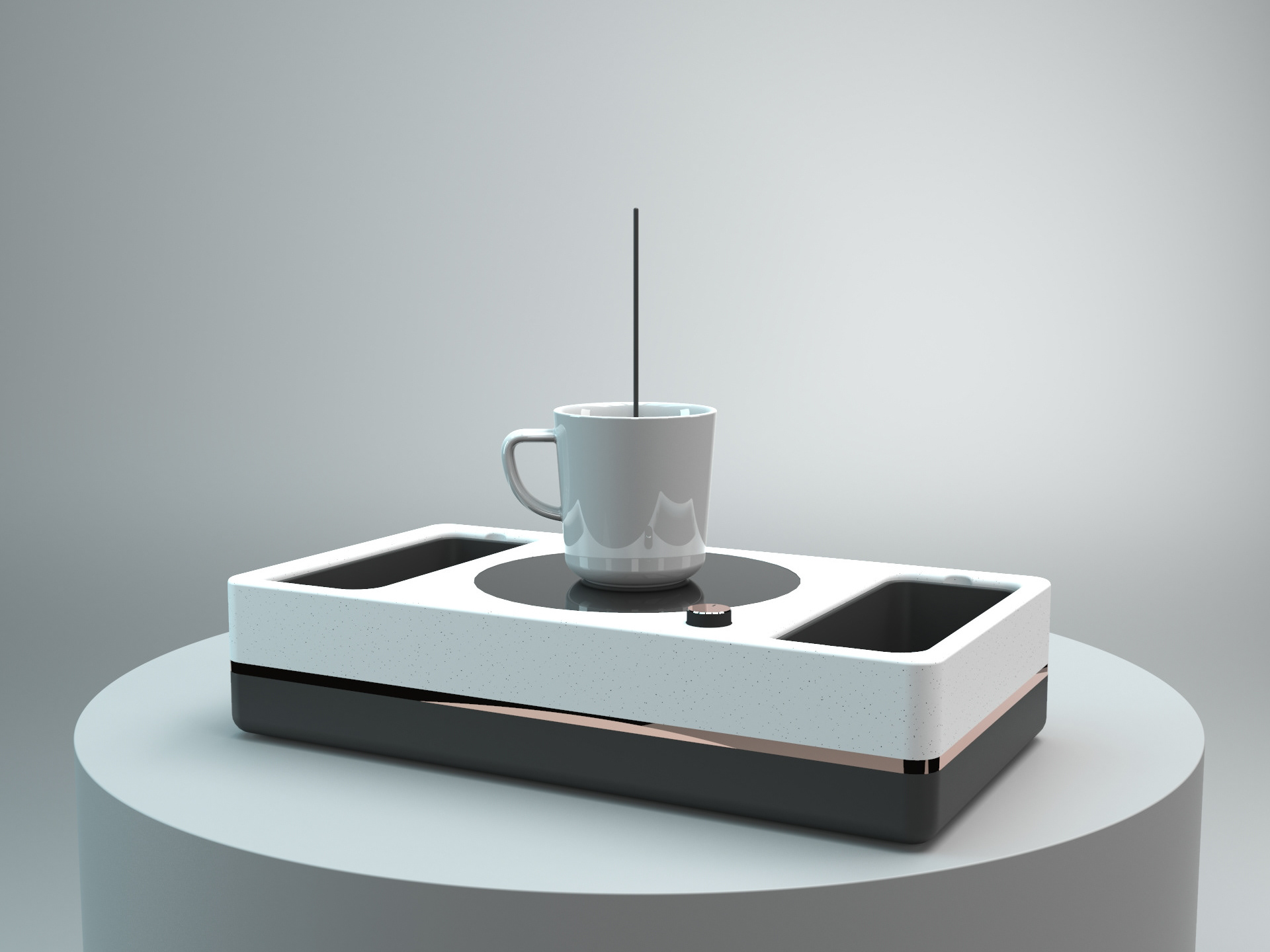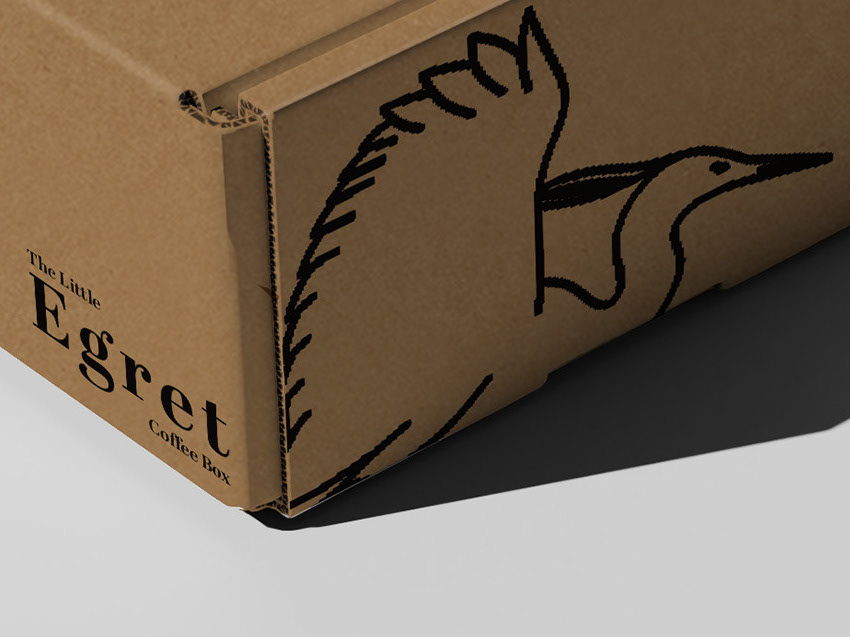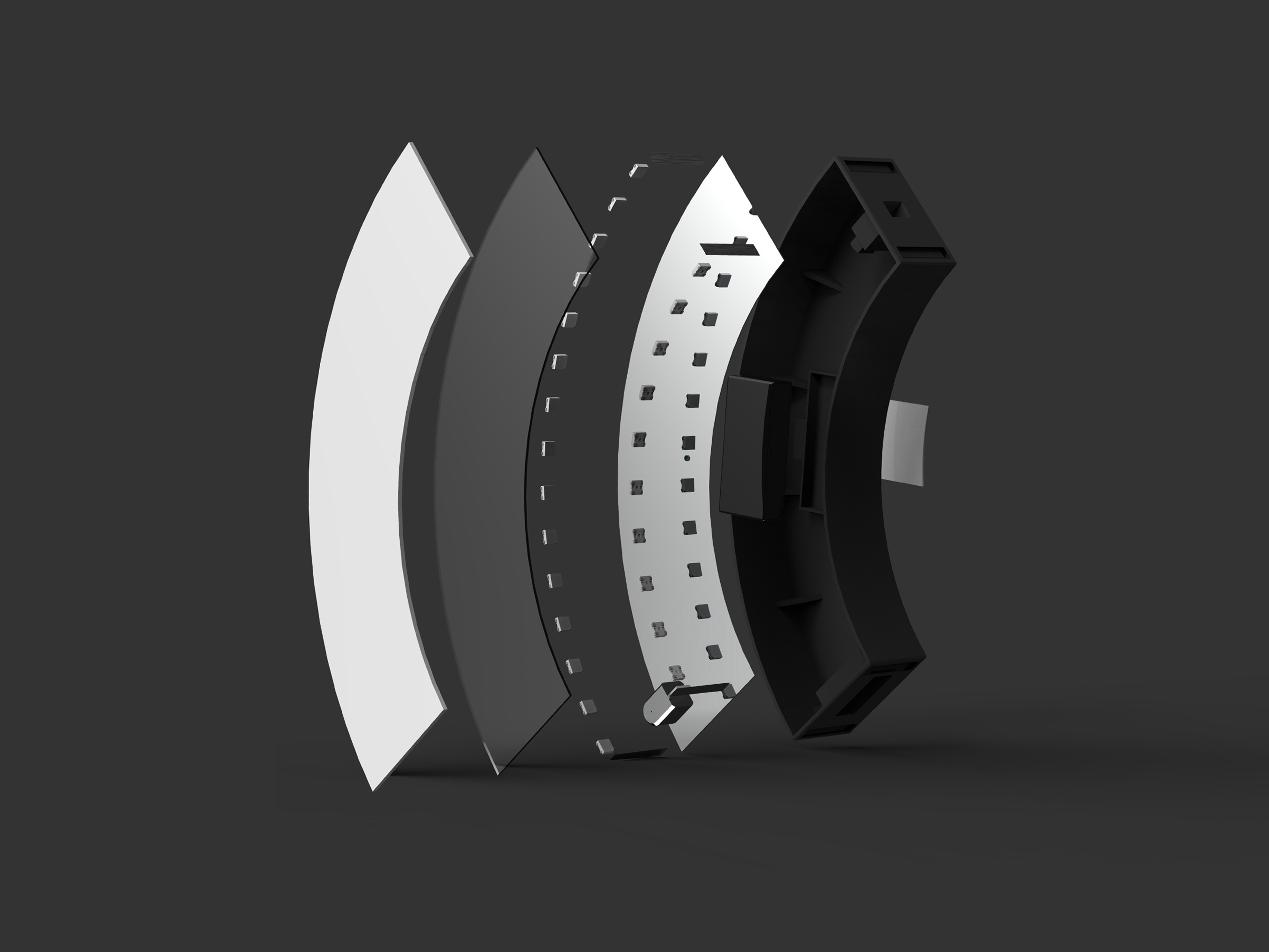Currently, in the coffee shop industry, the steaming of milk is determined by the skill of the barista through feel and sound. Kontrollør uses the audio patterns of milk when being steamed to give an objective indication of when the milk has reached the correct consistency, temperature, and texture.
The aim of this project is to provide baristas with a tool that assists in producing a consistent high-quality level of output. The primary focus revolves around the customers satisfaction and experience in receiving a coffee which has been made with human craftsmanship rather than a fully automated process. Kontrollør is intended to be used by baristas of varying skill levels. From aspiring baristas beginning their training using the device will help them get a better understanding of the behaviours different milks have under steam injection. Whilst higher skilled experienced baristas will utilise the tool particularly during peak periods whereby retaining a consistent quality at a fast pace is paramount.
Three different milks were used for five tests each for steaming milk to a latte microfoam consistency which is the most common coffee order amongst customers in the UK. The three milks were full fat, oat, and almond. The reasoning behind the choice of these milks was based on primary research conducted when baristas were asked to rank the milks, they generally thought produced the highest frequency. Almond was thought to produce the highest frequency whilst oat was expected to be the lowest. Full fat is the most common milk ordered by customers which would make the results of the milk alternatives useful to compare against the norm.
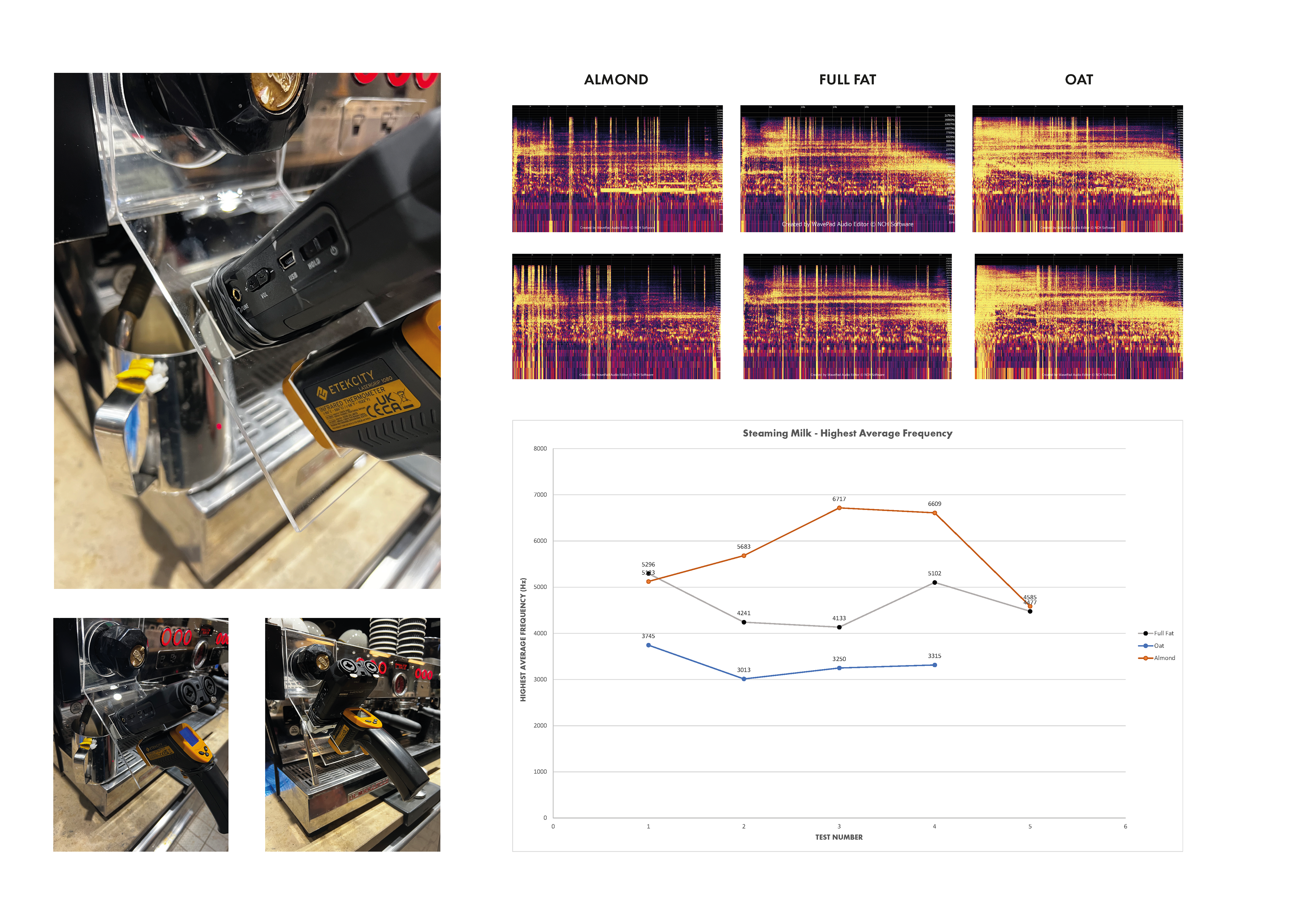

These results were key in the progression of the project as this theory has never been officially published or proven. Understanding the reasoning behind the differences allowed the author to guide the development of the device design features and the technological components required for accurate and consistent results.
Below are a selection of pages from the projects final report which includes market research, user journey map, information architecture, UI wire frames, proof of principle and a business model canvas.



